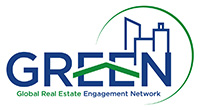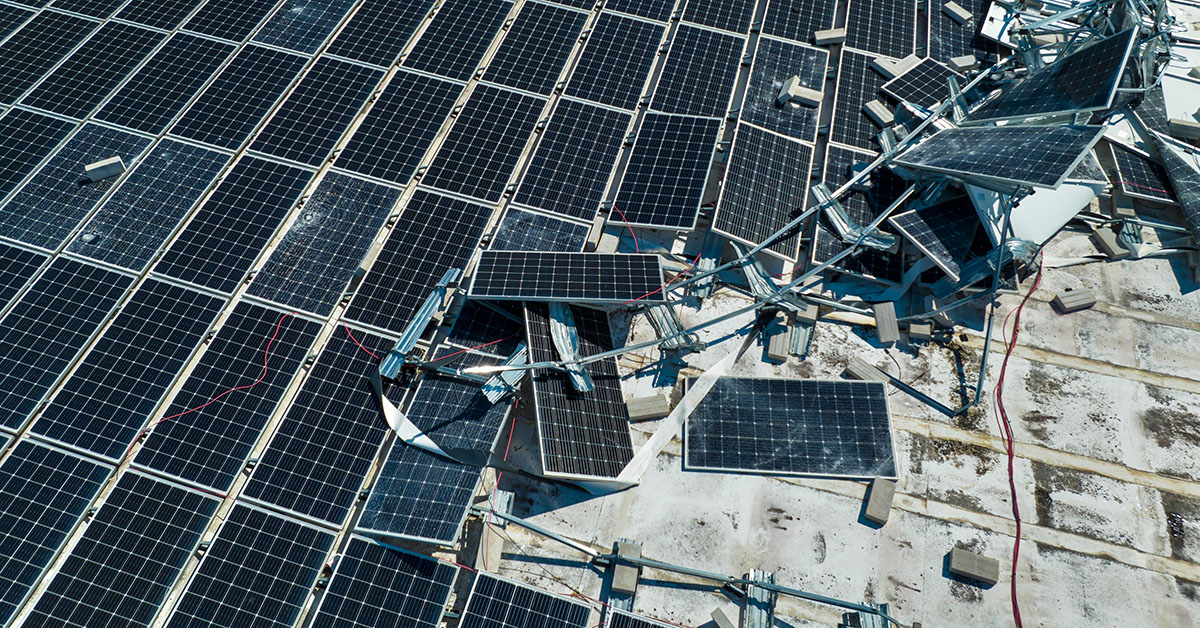Building Resilient Homes in the Face of Climate Change: A Paradigm Shift in Adaptation Strategies
What is the common perception towards adaptation to climate risks? A drain on capital or a genuine protection? Adaptation comes with its costs, but it also yields significant gains. In this third article of her series on physical climate risks within the real estate sector, Niu Dongxiao, Postdoctoral Researcher at Maastricht University School of Business and Economics, delves into the concept of resilient homes and their economic imperatives.
From passive observance to actively participate in climate risk adaptation
The issue of climate change is a danger that affects all generations. The increasing losses from climate disasters reveals the fragility of the structures we inhabit and rely on for work. As the frequency of extreme weather events accelerates, the real estate sector will be prompted to abandon its traditional role of passive observance and will have to actively participate in climate risk adaptation.
A prime example of a successful approach is found in Florida’s Babcock Ranch. This community is uniquely designed to resist hurricane threats, with an average elevation of 9 meters and numerous structures positioned above the street level to channel rainwater and create flow paths during hurricanes. Their buildings remained virtually unscathed during Hurricane Ian in September 2022, underlining the crucial importance of fortifying our built environments.
Adapting To the New Normal: The cost of climate hits
Climate change is no longer a far-off future event. Rising sea levels, more potent hurricanes, deadlier heatwaves, and more intense wildfires are threats we face today. The buildings that we use every day, both residential and commercial, are often at the forefront of these climate change impacts. Residential properties exposed to flood risk are overvalued by US$121–US$237 billion in the US; weather- and climate-related extremes caused economic losses estimated at EUR 560 billion in the EU Member States in the past 40 years.
Adaptation strategies, such as building levees, seawalls, or elevating land parcels, are no longer a choice but a necessity. This adaptation requires a fundamental shift in how we think about our buildings. They can no longer be viewed as safe from the impacts of climate change. Understanding this is the first step towards redesigning our built environment to better withstand these new climate realities.
Resilient Homes: Embodying the Paradigm Shift
The shift towards building resilient homes is centered on two main concepts: resilience and sustainability. Resilience represents the capacity of our homes to absorb shocks and still retain their basic function and structure, bouncing back after the storm has passed. But building resilient homes won’t solve all of the problems. We need to adjust how we manage the climate. Sustainability, is about constructing our homes in a manner that reduces our carbon footprint and minimizes further contributions to climate change.
This philosophy of resilient construction might simply mean strategic elevation in flood-prone areas, wildfire-resistant materials in regions frequently plagued by fires, and robust cooling systems in cities suffering from urban heat islands. Incorporating these climate-resilient features into our homes is a pragmatic investment, with potential returns outweighing the upfront costs. For instance, researchers find that the expected net present value of protection benefits from the US Army Corps levees can exceed 2.8% of home value. Another research team in University of Miami conducts a cost-benefit analysis of 162 infrastructure projects in the Miami-Dade County, an area that is highly vulnerable to flooding and sea level rise, and find that most projects generated positive net benefits – the aggregate mean benefit net of adaptation cost of about $0.68 million per project.
The Economic Imperative of Climate-Proof Homes
Adapting our homes to climate change isn’t merely an environmental necessity but also an economic imperative. The real estate sector is experiencing a range of impacts from climate-induced financial instability. Homes in areas prone to wildfires, flooding, and other climate hazards have seen their values decreasing, with this trend set to continue if proactive measures aren’t taken. Existing studies document a flood zone discount in the Netherlands of about 1%, and the US of different ranges (mostly 2-10%), depending on the study area and climate awareness of the housing market. Wildfire-vulnerable home values have fallen California between 9%-22%. Climate-resilient homes, conversely, offer a more secure investment. They attract premiums in the real estate market due to their enhanced ability to withstand climate extremes, and lower mortgage rate and premiums from insurance carriers. In Florida, while the flood insurance cost of coastal homes is accelerating, homeowners can choose to elevated their homes above the flood zone to avoid having to buy insurance. It’s a simple equation: the more a home can resist climate-induced destruction, the more it is worth. Despite the higher cost in designing and materials, the resilient homes would eventually pay dividends, especially in the long term. In New Jersey, costal homes that are resilient to hurricanes and flood because of constructed dunes are sold at a premium of about 3.6%. In a study of the economic effectiveness of wind-enhanced building codes in Florida, researchers find a benefit-to-cost ratio of $6 in reduced damage for every $1 in increased cost. Even the most expensive option (impact-resistant windows) provides a benefit of $2.20 in reduced damage for each $1 of increased cost. As climate disasters pose increasing threats to real estate, resilient properties can help maintain the industry’s financial stability.
Conclusion
Building resilient homes is a part of the struggle against climate change. It represents an evolution of our adaptation strategies, a shift from passive to proactive, from vulnerability to resilience. We need to transform the buildings from potential victims of climate disasters into resilient structures that can withstand the impacts of climate change. By incorporating comprehensive site analysis and integrating climate-resilient infrastructure and systems, we can significantly improve our adaptability to shifting climate conditions. Importantly, this shift towards resilience does not necessarily imply a sacrifice of affordability. Through innovative designs and efficient use of resources, we can create homes that are both resilient to climate change and financially accessible, demonstrating that climate risk adaptation and affordability can, indeed, go hand in hand.
References
- Gourevitch, J. D., Kousky, C., Liao, Y., Nolte, C., Pollack, A. B., Porter, J. R., & Weill, J. A. (2023). Unpriced climate risk and the potential consequences of overvaluation in US housing markets. Nature Climate Change, 13(3), 250-257.
- Bradt, J. T., & Aldy, J. E. (2022). Private Benefits from Public Investment in Climate Adaptation and Resilience. Working paper.
- Kelly, D., & Molina, R. (2023). Adaptation Infrastructure and its Effects on Property Values in the Face of Climate Risk.
- Mueller, J., Loomis, J., & González-Cabán, A. (2009). Do repeated wildfires change homebuyers’ demand for homes in high-risk areas? A hedonic analysis of the short and long-term effects of repeated wildfires on house prices in Southern California. The Journal of Real Estate Finance and Economics, 38, 155-172.
- Bosker, M., Garretsen, H., Marlet, G., & van Woerkens, C. (2019). Nether Lands: Evidence on the price and perception of rare natural disasters. Journal of the European Economic Association, 17(2), 413-453.
- Dundas, S. J. (2017). Benefits and ancillary costs of natural infrastructure: Evidence from the New Jersey coast. Journal of Environmental Economics and Management, 85, 62-80.






